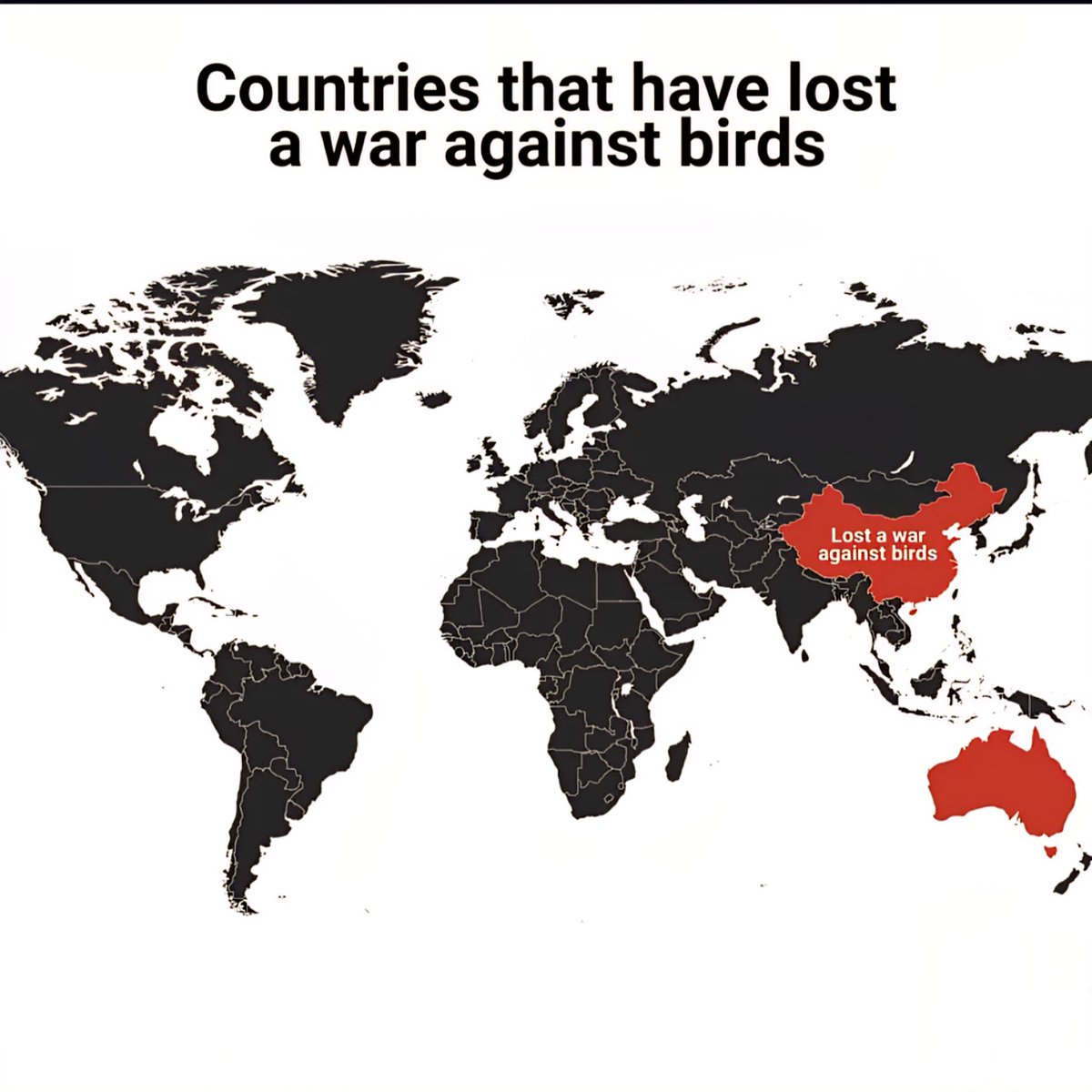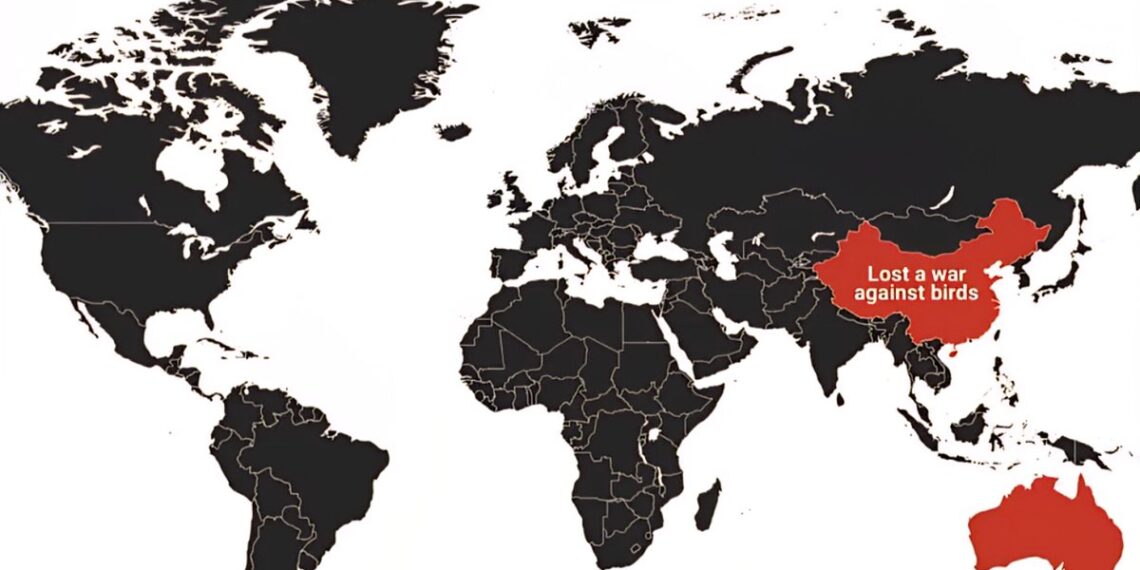Select Language:
Countries That Have Fallen Victim to Bird-Related Conflicts

The Chinese Sparrow Campaign of 1958: An Ecological Misstep
In 1958, China launched a widespread campaign targeting sparrows, which they believed were damaging crops. The government mobilized millions, encouraging citizens to destroy sparrow nests and kill the birds en masse. While the campaign appeared successful at first, the ecological repercussions were severe. With the sparrows eliminated, locust populations soared unchecked, leading to devastating crop failures and a major famine that claimed millions of lives. The incident highlighted the dangers of interfering with nature without understanding ecological balances and remains a cautionary tale for environmental management.
The Great Emu War of 1932: Australia’s Feathered Foes
One of the most unusual military conflicts in history took place in Australia in 1932 when the government faced a problem: an influx of emus that were damaging crops during the Great Depression. The military was called in to curb the emu population, which was wreaking havoc on farmland in Western Australia. Armed with machine guns, soldiers attempted to thin out the emu herds, but the birds proved remarkably resilient and resourceful. Despite multiple efforts, the emus outmaneuvered the soldiers, running away or scattering in the face of fire, and the campaign was ultimately deemed a failure. This humorous yet frustrating episode underscored how difficult it can be to control wildlife with military force.
The U.S. and the Perfume Byrds: The Case of the Invasive Starlings
In the early 20th century, the United States faced a different bird-related dilemma involving invasive starling populations. Introduced in the 1890s, starlings rapidly spread across the country, competing with native bird species and causing agricultural damage. Despite various efforts to control their numbers—such as trapping and culling—starlings proved highly adaptable and resilient. Their aggressive nesting habits and large flocks led to significant ecological disruptions, prompting debates about balancing wildlife management with conservation.
Kenya’s Ostrich Offensives: Protecting Agriculture or Ethical Concerns?
Kenya, known globally for its thriving ostrich industry, has occasionally faced conflicts with wild ostrich populations causing crop damage. Efforts to control or relocate problem ostriches have sometimes sparked ethical debates about animal rights and conservation. While these large birds are economically valuable, their unchecked numbers in certain regions can threaten farming communities, leading to localized conflicts and wildlife management challenges.
France’s Pigeon Predicaments: Urban Nuisance and Public Health
In many major French cities, pigeons are considered a nuisance, with their droppings defacing historic monuments and posing health risks. Several cities have initiated pigeon culling programs, including trapping and shooting. While controversial, these efforts aim to reduce health hazards and preserve the aesthetic value of urban heritage sites. Nonetheless, pigeon populations tend to rebound quickly, making urban bird management an ongoing challenge.
Managing human-wildlife conflicts involving birds has historically been complex and often fraught with unintended consequences. From ecological disasters to military blunders, these stories serve as reminders of the importance of understanding and respecting ecological balances in wildlife management. As the world continues to navigate conservation efforts and urban wildlife challenges in 2025, lessons from these notable incidents remain relevant in shaping future policies towards harmonious coexistence with our avian neighbors.






